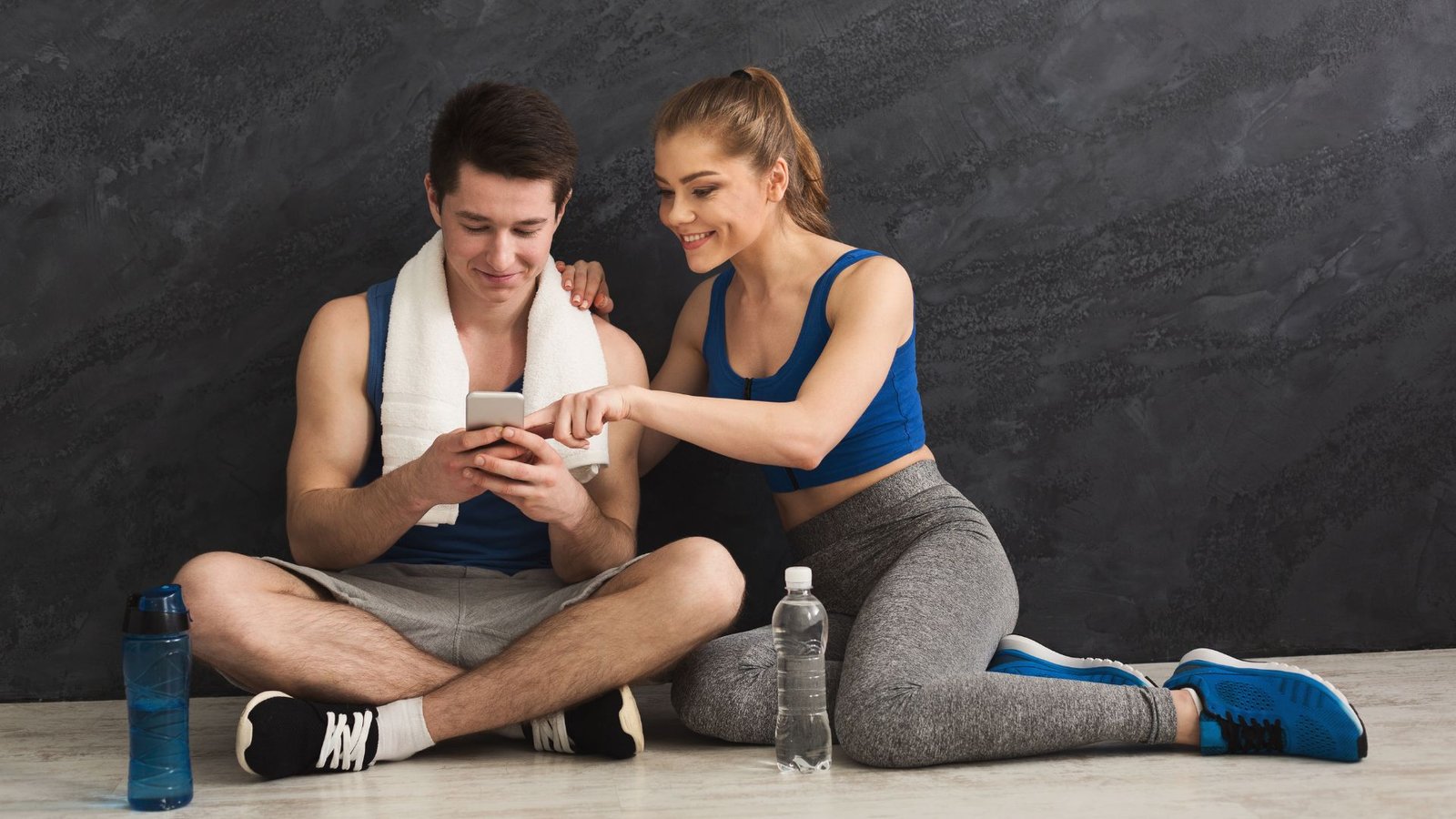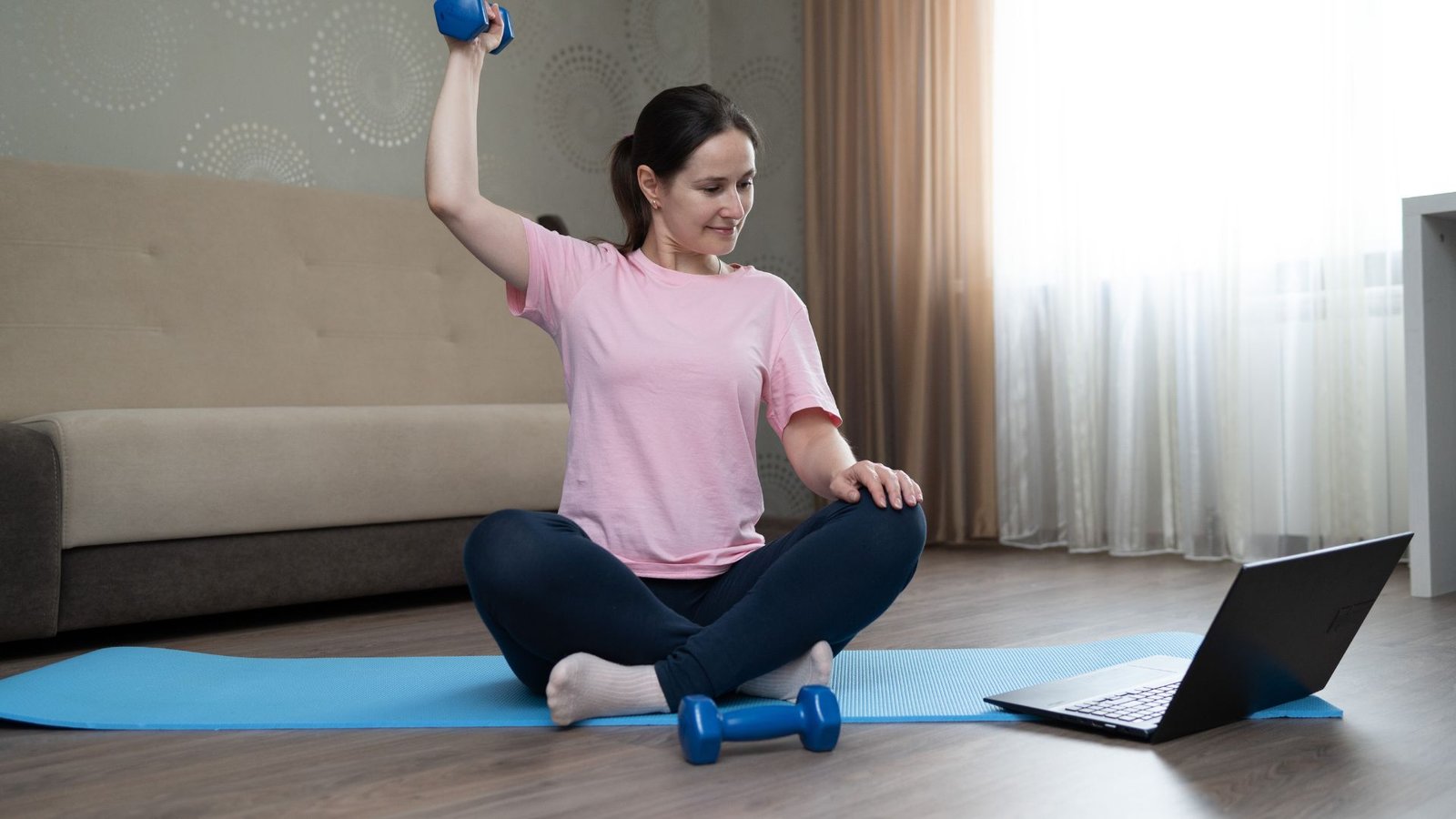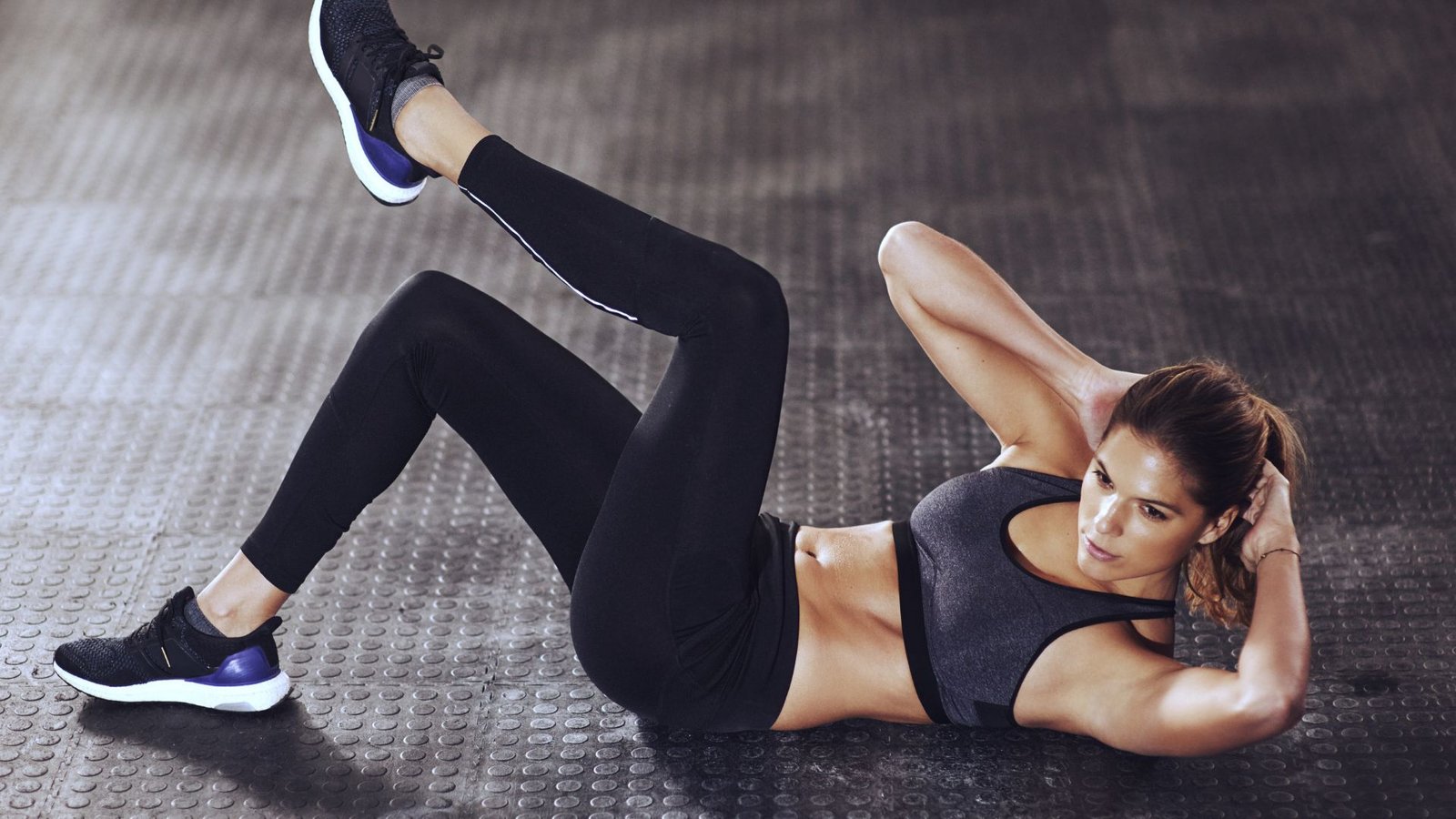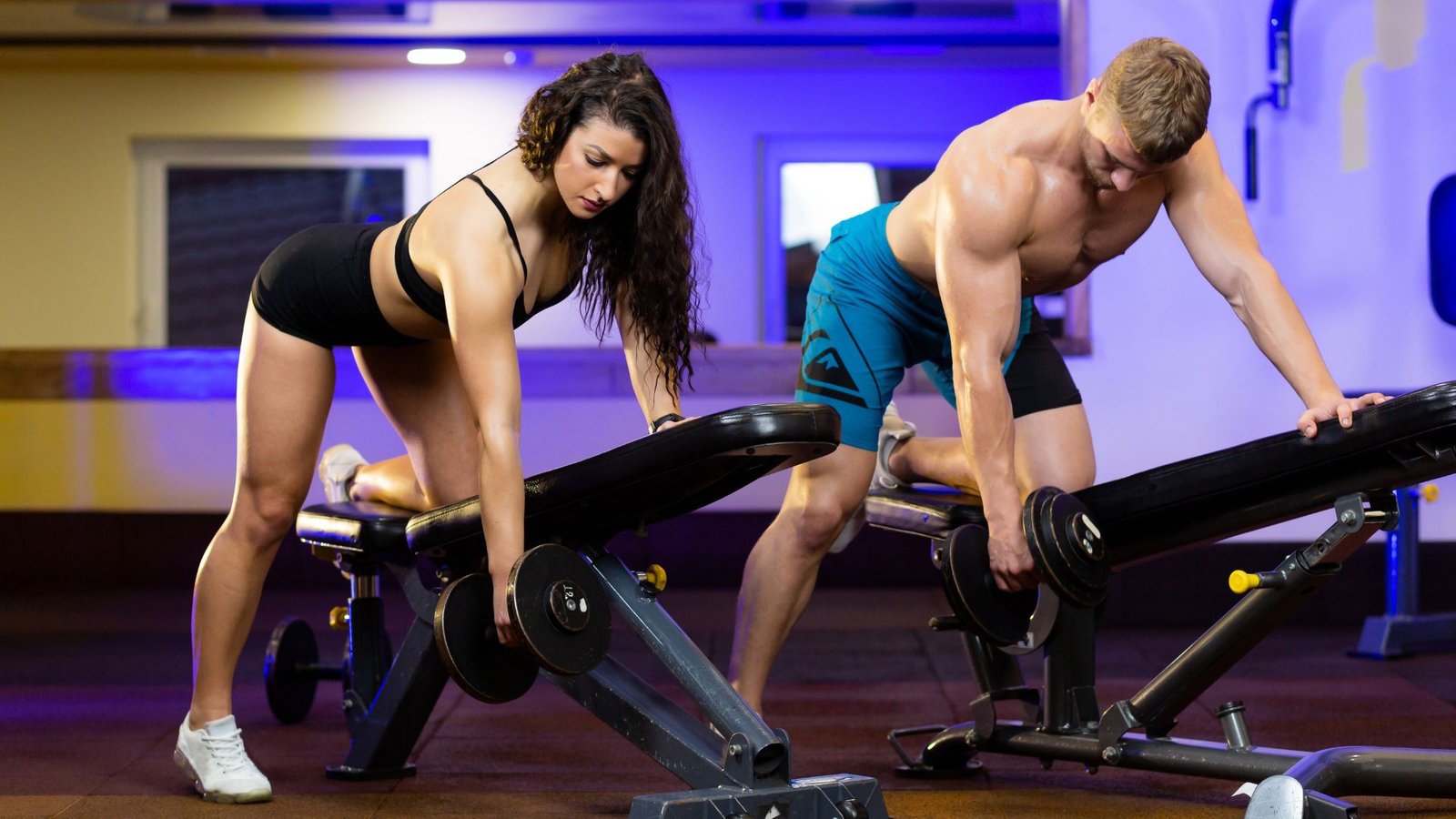Whether you’re an athlete, a weekend warrior, or simply looking to feel better throughout your day, incorporating regular stretching exercises into your routine can make a significant difference. Stretching helps improve flexibility, reduce muscle stiffness, and support overall physical performance.
In this post, we’ll explore the importance of stretching, highlight some of the most effective stretching exercises, and show you how to include them in your daily routine.
Why Are Stretching Exercises Important?
Stretching exercises are designed to lengthen muscles, improve joint range of motion, and increase blood flow to soft tissues. While often overlooked, stretching is a key component of any balanced fitness program.
Key Benefits of Stretching Exercises:
Increased flexibility and range of motion
Reduced muscle tension and soreness
Improved posture and alignment
Decreased risk of injury
Enhanced circulation and muscle recovery
Better body awareness and relaxation
Whether you’re preparing for a workout or winding down after a long day, stretching offers both physical and mental benefits.
Types of Stretching Exercises
There are several types of stretching exercises, each with unique benefits. The two most commonly used are:
Static stretching: Holding a stretch for 15–60 seconds to lengthen muscles gradually. Best used post-workout or during cool-down.
Dynamic stretching: Active movements that prepare muscles for exercise. Best used as part of a warm-up.
Effective Stretching Exercises to Try
Here are some of the most effective and popular stretching exercises for the entire body:
1. Standing Hamstring Stretch
Stretches the hamstrings and lower back. Keep your legs straight and bend forward slowly.
2. Hip Flexor Stretch
Kneel on one leg with the other foot in front. Push your hips forward to stretch the front of your hip.
3. Chest Opener Stretch
Clasp your hands behind your back and lift your arms slightly while expanding your chest.
4. Cat-Cow Stretch
A gentle spinal movement that improves flexibility in the back and neck.
5. Child’s Pose
A relaxing full-body stretch that targets the lower back, hips, and thighs.
6. Calf Stretch
Lean against a wall with one leg extended back to stretch the calves and Achilles tendons.
7. Neck Stretch
Gently tilt your head from side to side to release tension in the neck and upper shoulders.
8. Seated Forward Fold
Sit with your legs extended and reach toward your toes to stretch the hamstrings and lower back.
Daily Stretching Routine
Try this quick full-body stretching exercise routine, suitable for beginners and experienced individuals alike:
Neck Stretch – 30 seconds each side
Shoulder Rolls – 10 reps forward and backward
Cat-Cow Stretch – 10 repetitions
Standing Hamstring Stretch – 30 seconds per leg
Hip Flexor Stretch – 30 seconds per side
Calf Stretch – 30 seconds per leg
Chest Opener – 30 seconds
Child’s Pose – Hold for 1 minute
Perform this routine once a day or after every workout to promote flexibility and recovery.
Tips for Safe and Effective Stretching
Warm up first: Stretching cold muscles can lead to strain. Warm up with light movement before stretching.
Breathe deeply: Inhale and exhale slowly to enhance the stretch and calm the nervous system.
Don’t bounce: Move into stretches slowly and avoid bouncing, which can cause injury.
Listen to your body: Stretch to the point of mild tension, not pain.
Be consistent: Daily stretching provides the best results over time.
Final Thoughts
Stretching exercises are essential for maintaining a healthy, mobile, and pain-free body. They complement all types of physical activity and promote long-term well-being. Whether you’re starting a new fitness journey or enhancing an existing routine, make time for stretching—it’s one of the simplest and most effective ways to care for your body.






